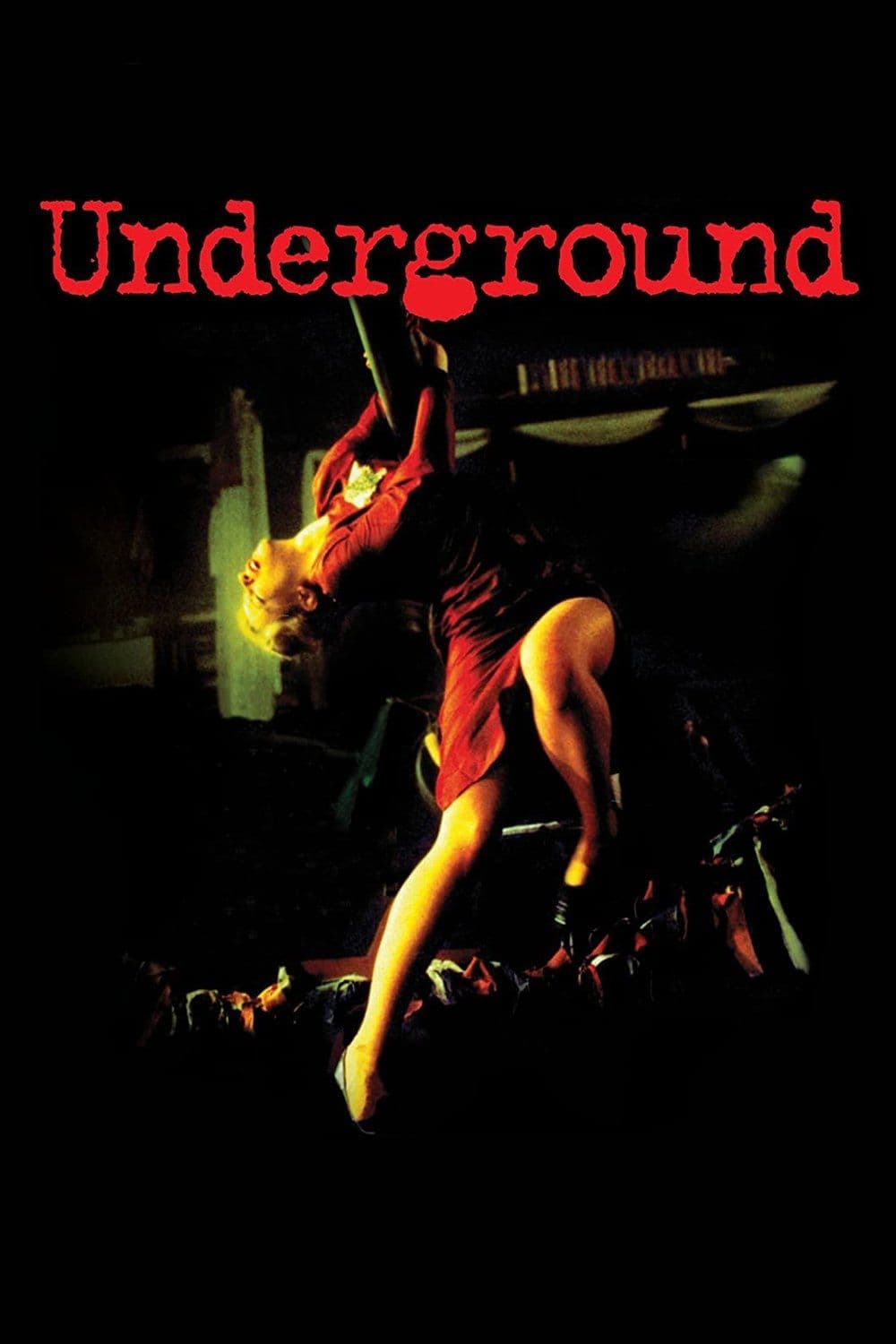
Underground
1995
Rate this movie
Average: 0.00 / 5
(0 votes)
Director
Epic and surreal Kusturica guides us through this Balkan fable that unfolds from the tortuous meanders of World War II to the ethnic war between Serbs and Bosniaks. A flowing narrative, almost a baroque fresco that overflows beyond the boundaries of reality to immerse itself in a hyperbolic dreamscape, distinctive of the director's cinema. His stylistic signature, already evident in masterpieces like Time of the Gypsies or Arizona Dream, here achieves a stratified complexity, transforming every frame into a microcosm of controlled chaos, where the tragic and the farcical marry in an irresistible and painful dance. It is a cinema that does not fear excess, that feeds on an almost primordial vital energy, and that finds its fertile ground in Balkan folklore.
Two friends with opposing destinies: both fight the Nazis in 1941 during the occupation of Belgrade; the first, Marko, will become a war hero and an arms dealer; the second, Black Petar, takes refuge in Marko's basement to escape roundups. This dichotomy is not a mere narrative device, but a powerful allegory of Yugoslavia itself: Marko embodies the figure of the manipulator, the pragmatic opportunist who knows how to navigate the currents of history, changing his skin according to the political winds; Petar, on the contrary, is the personification of deceived innocence, of a people kept in the dark, deprived of truth and the freedom to choose their own destiny.
Seized by a sense of paranoia fomented by his friend Marko, he will remain hidden "underground" even in the years after the war, like a mouse concealed from the world's gaze. The concept of "underground" here transcends the mere physical dimension, transforming into a polysemic metaphor of intellectual isolation, of the denial of historical reality, and of systemic manipulation that imprisoned an entire nation. It is suppressed truth, distorted collective memory, an oblivion imposed for political reasons that created a bubble of lies, an "underground utopia" destined to explode with unprecedented violence.
He will emerge from his refuge to find himself in the midst of a civil war whose reasons he does not understand. The impact with external reality is a punch to the gut for Petar, and for the viewer. The outside is a hostile environment where even time seems incomprehensible. Kusturica fragments chronological linearity, bending time upon itself, creating a sense of anachronism and eternal return that reflects the senselessness of a conflict that seemed already lived, already suffered. The past is never truly past, but an open wound that continues to bleed, a ghost that haunts the present.
The allegorical nature of this escape from reality is evident: the Yugoslav people after the war, and their long period under Tito, went through a prolonged period of total denial, a desire to bury their heads in the sand, ignoring the country's true problems. A denial that, in the film, takes on the tones of grotesque farce before plummeting into tragedy. The accusations of pro-Serbianism leveled against Kusturica at the time of the film's release – in the midst of the Balkan War – missed the deeper essence of this work, which is, first and foremost, a universal anthem against the absurdity of war and the lies that fuel it, a fierce satire on the mechanisms of power and deception.
And when one awakens from this torpor, one plunges back into a conflict that seems to cyclically return to scourge the Balkans. A conflict without any meaning, a harrowing, indecipherable horror. Kusturica offers no easy answers, but plunges into chaos, brutality, and despair, always keeping alive a spark of surreal black humor, almost to emphasize that human folly can be so great as to border on the absurd. It is a representation of history as a mad carousel, where victims and perpetrators exchange roles in an endless delirium.
On the fringes of the story, dreamlike visions and dream sarabandes rage, hinting at an escape route through a sense of wonder (the long wedding scene of Marko's son is saturated with folklore and wonder, a boisterous and irreverent fable embedded within the film). This visual and sonic exuberance, with its over-the-top characters, its explosions of life, and its unbridled celebrations, is not an escape from reality, but a radical reinterpretation of it. It is Balkan magical realism manifesting in all its power, where excess is a form of resistance, and the most unbridled joy mixes with the deepest sorrow, creating a cathartic and unforgettable experience.
Goran Bregovic's splendid music lends the narrative a tone that is at times ironic, at times melancholic. The soundtrack, a true emotional backbone of the film, is a crucible of traditional Balkan melodies, Romani rhythms, and military fanfares that underscore every narrative turn, amplifying comedy and tragedy with equal mastery. It is an added character, a musical commentary that often anticipates or contradicts the images, creating ingenious counterpoint.
Special mention goes to the marvelous scene in which the protagonist finds a motorized wheelchair in flames spinning wildly around a cross with an upside-down Christ. As the man tearfully clings to the cross, a white horse, having escaped from who knows where, gallops through the devastation. This is the symbolic image of Underground: the burning wheelchair, a metaphor for technological progress and modernity that destroy instead of elevate; the upside-down Christ, an icon of blasphemy and the loss of all moral compass in a world where faith has been distorted or abandoned; and finally, the white horse, an archetypal figure of purity and freedom, traversing the pandemonium like a messianic vision or perhaps the last, desperate glimmer of hope in a landscape of rubble. It is a sequence of visceral power, concentrating in a few seconds the film's entire nihilistic yet poignant message.
Finally, it is worth remembering, in addition to Kusturica's great directorial work, the dazzling screenplay written by the same author of the novel from which the film is adapted: Dusan Kovacevic. His pen, renowned for its black humor and its ability to weave complex and satirical plots, provided Kusturica with the perfect narrative substrate for his vision. The collaboration between the two proved to be an explosive chemistry, capable of generating a work that is simultaneously a profound historical reflection and a visually breathtaking work of art.
A highly deserved Palme d'Or at Cannes, Underground remains a grand story of redemption through the mincemeat grinder of History, a dark yet vibrant fable that, despite its controversies, stands as a cinematic monument to human resilience and the cyclical folly of the Balkan conflict. Its ability to make one laugh and cry, to disturb and fascinate, makes it a totalizing cinematic experience, a desperate cry yet imbued with an irreducible joy of life, a work that defies time and continues to resonate with a burning truth.
Gallery

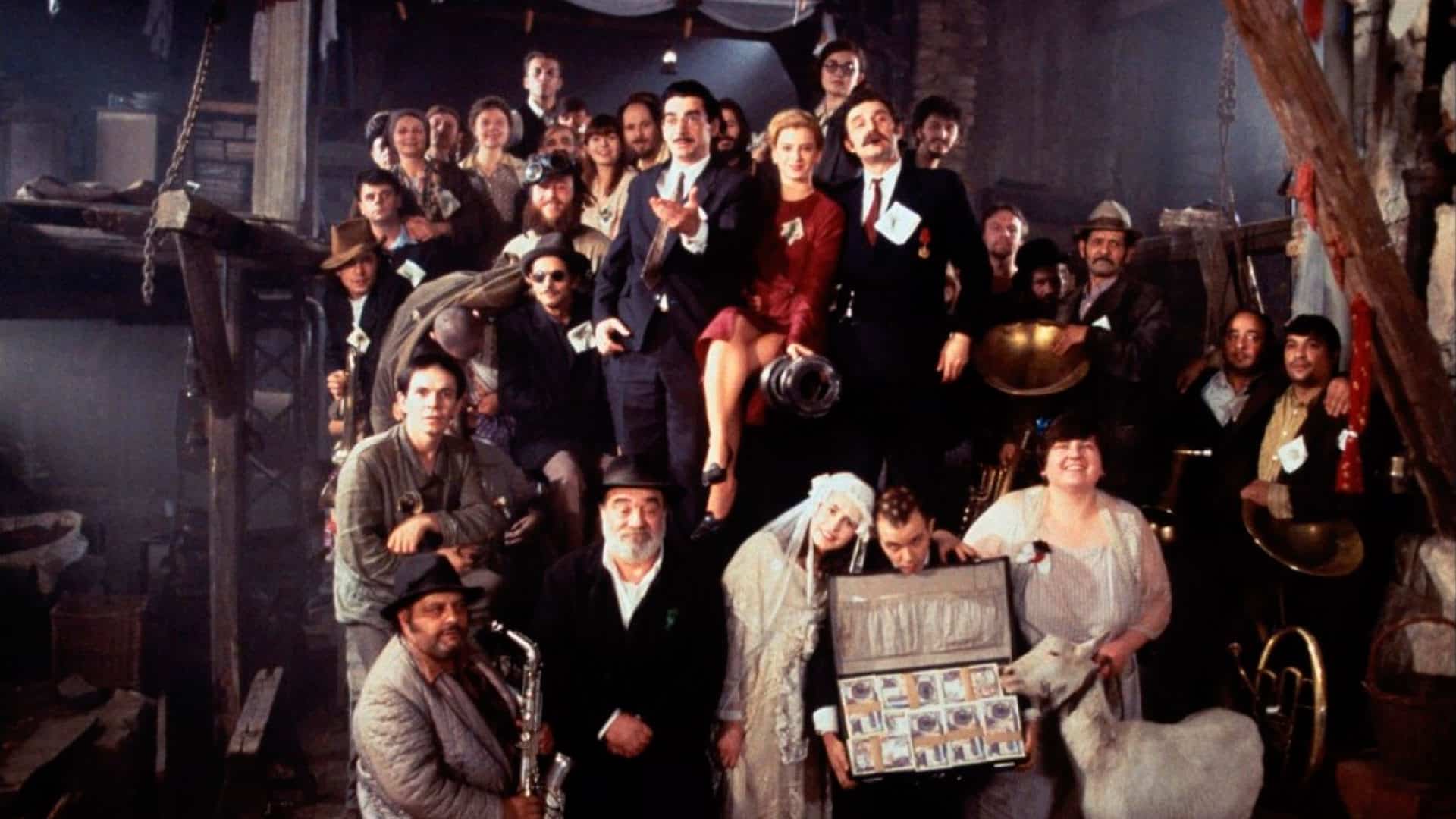


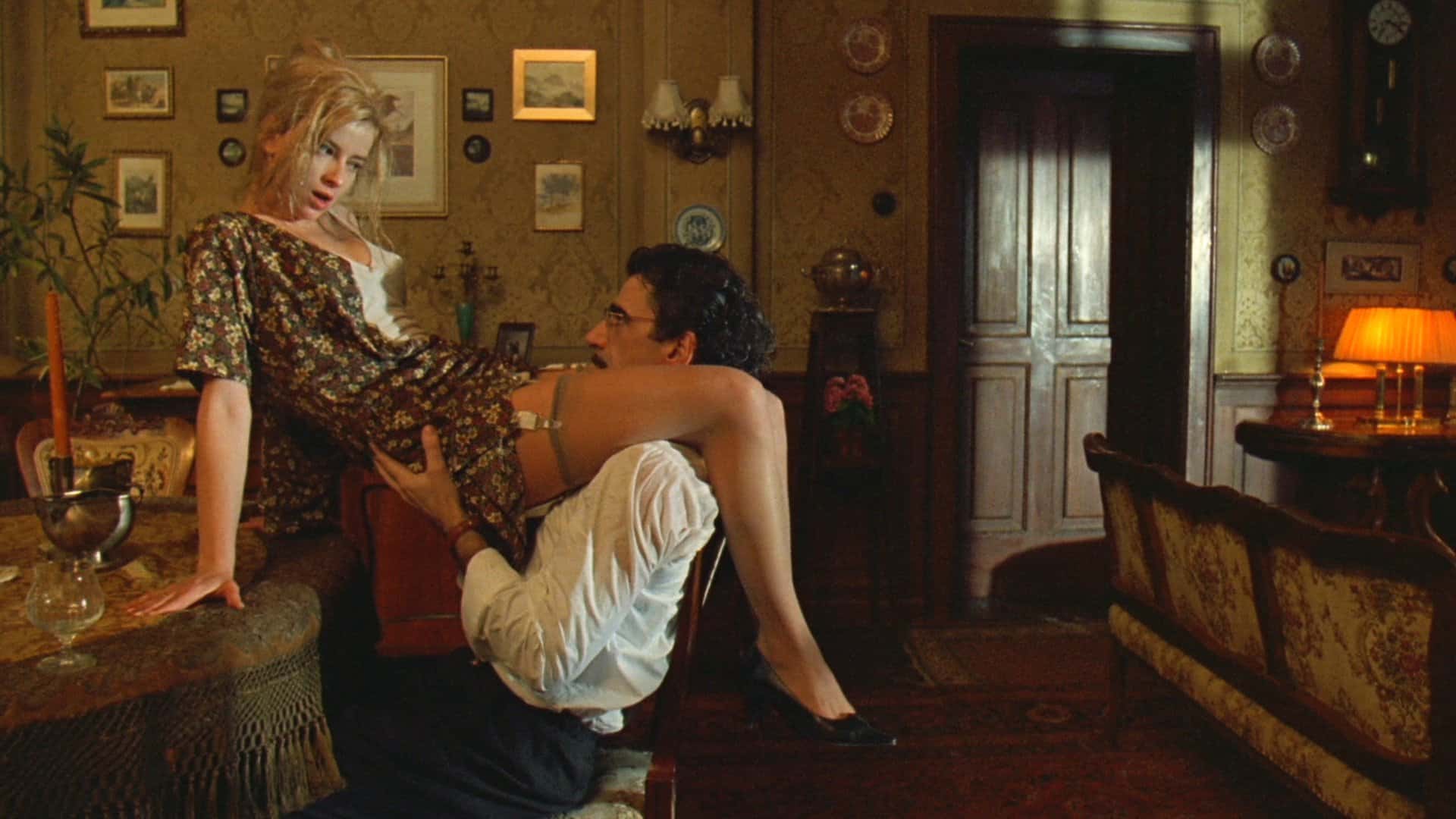
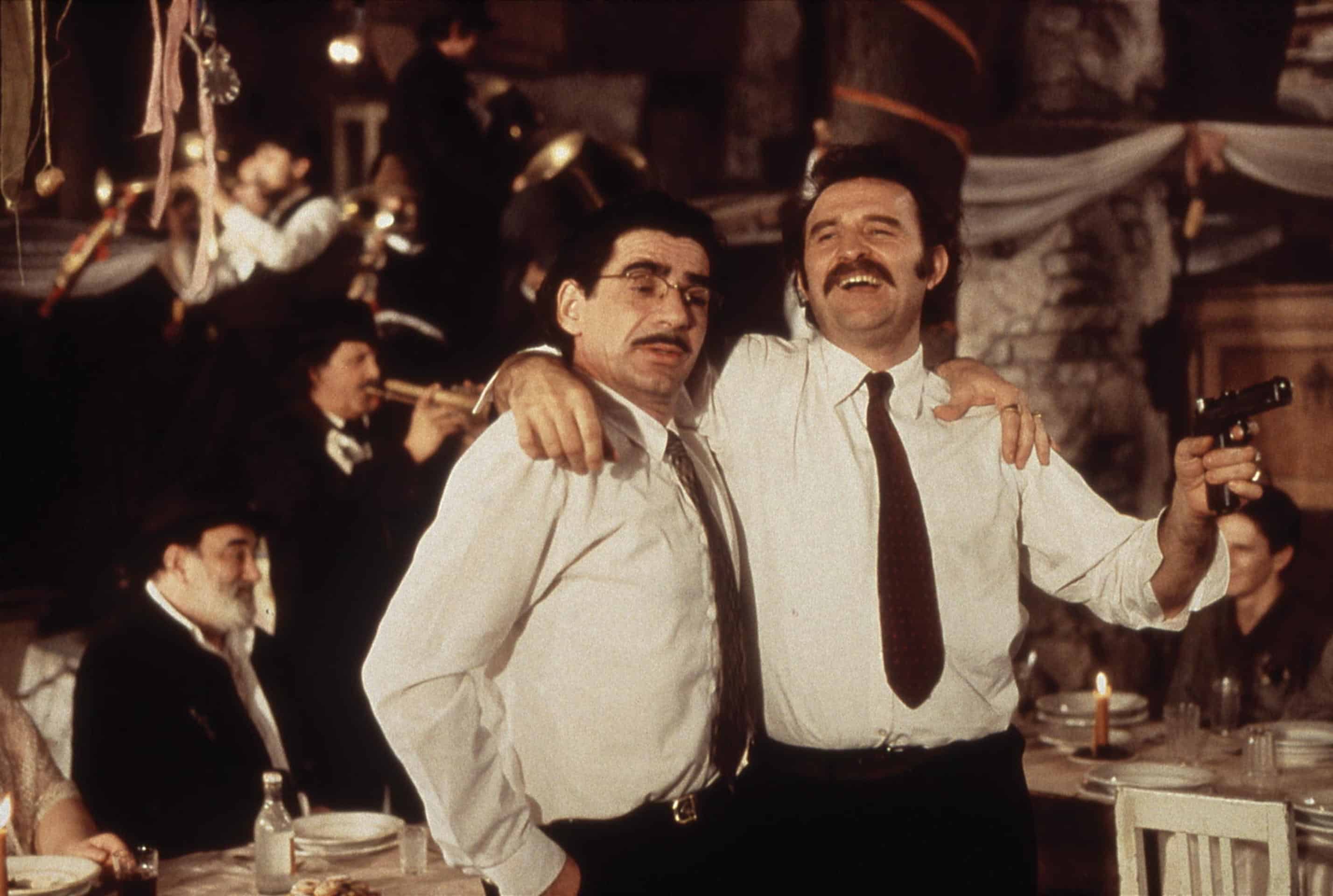
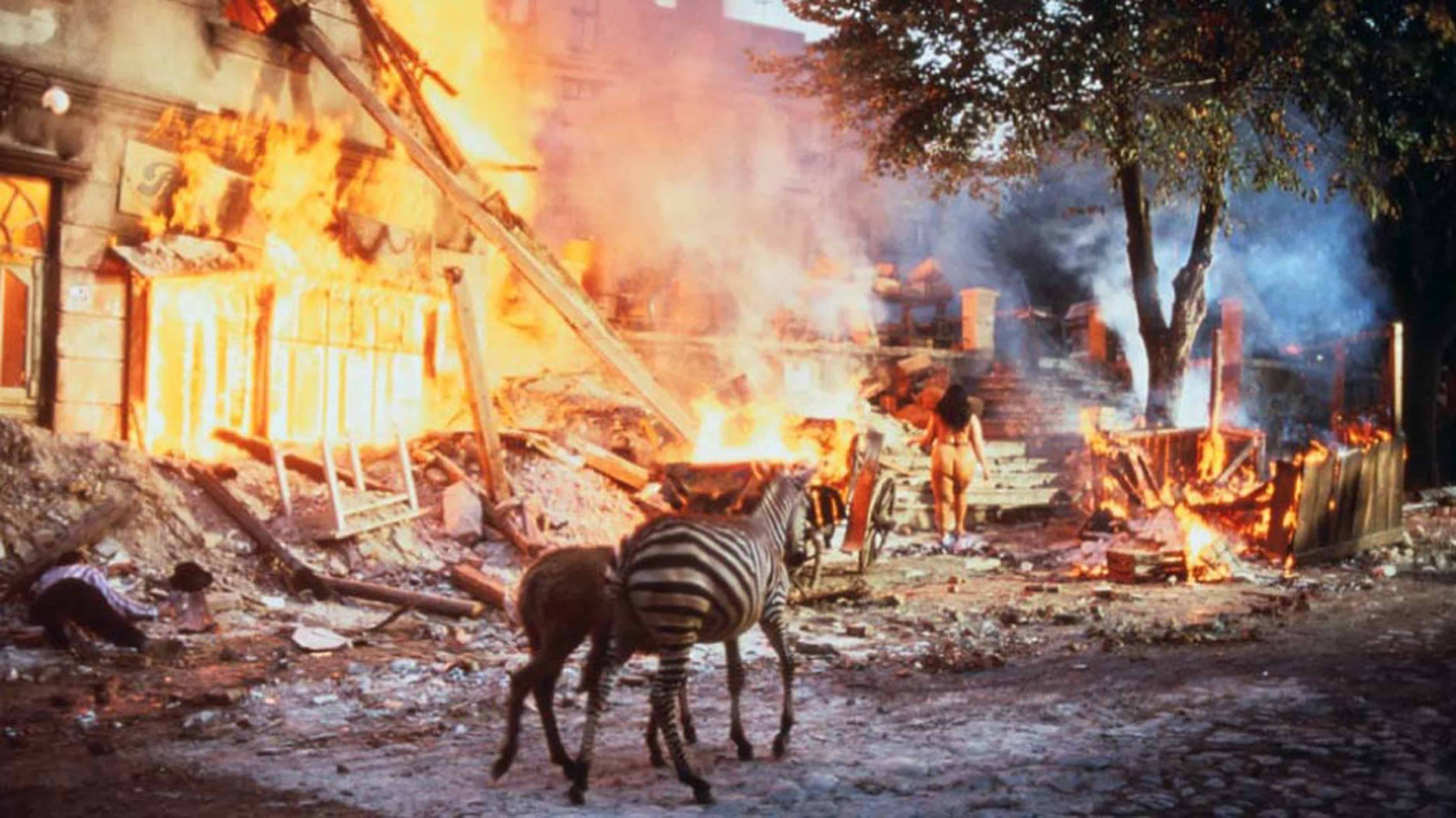
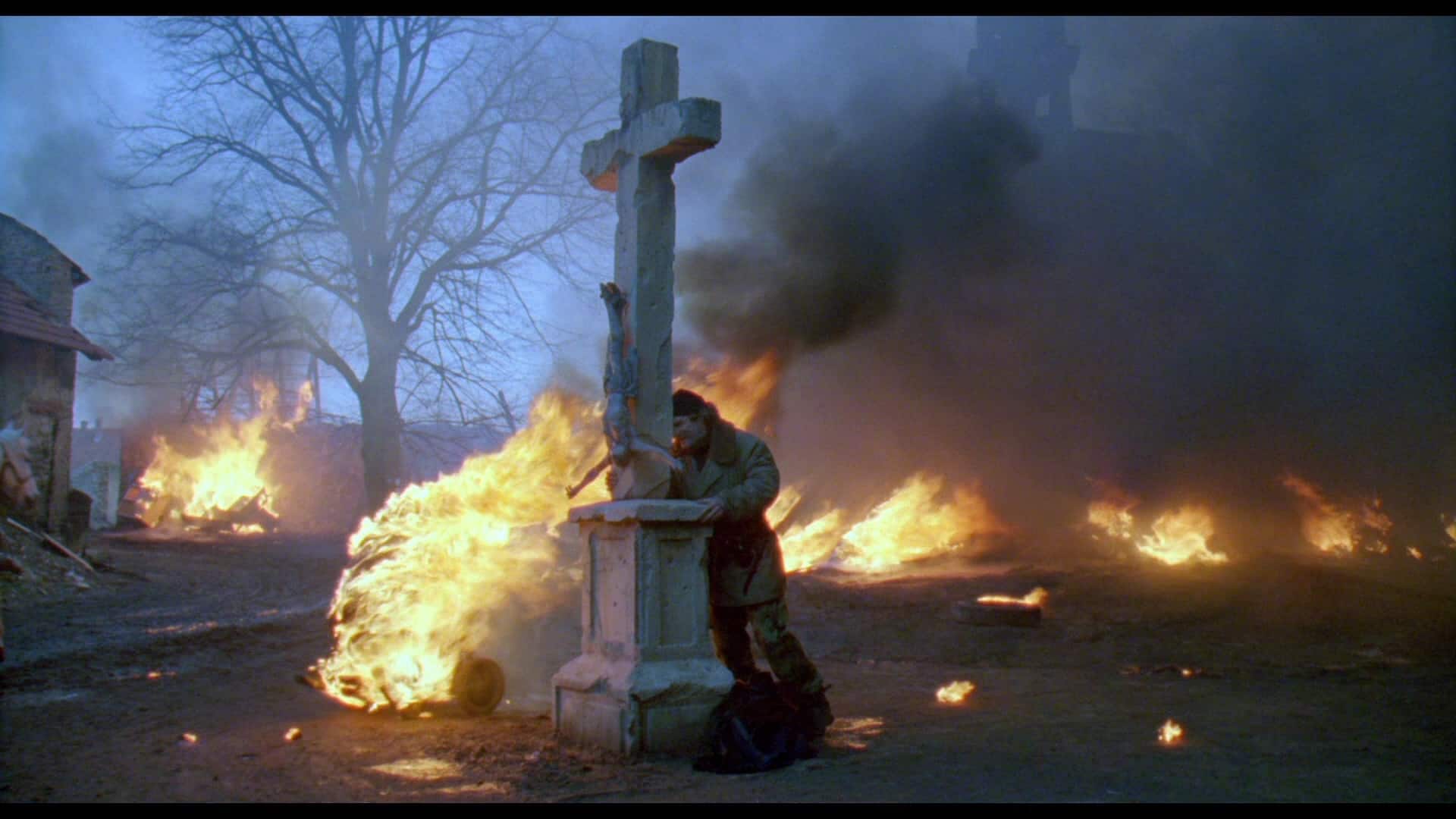
Comments
Loading comments...